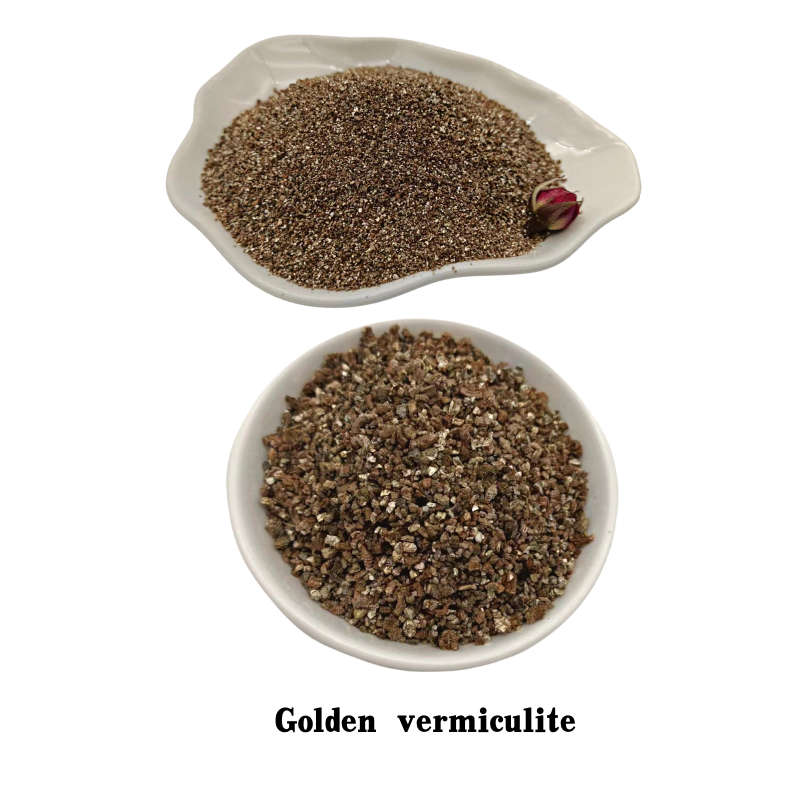
Exploring the Benefits and Applications of Micro Silica in Construction Materials
The Role of Micro Silica in Modern Construction Materials
Micro silica, also known as silica fume, is an ultra-fine pozzolanic material derived from the production of silicon metal or ferrosilicon alloys. This material has garnered significant attention in the construction industry due to its unique properties that enhance the performance of concrete and various other construction materials. As urbanization and infrastructure development continue to grow worldwide, understanding the importance and application of micro silica has become increasingly relevant.
What is Micro Silica?
Micro silica consists of very fine particles that are typically less than 1 micron in diameter, making it approximately 100 times smaller than ordinary cement particles. This fineness allows micro silica to fill the voids between cement particles in concrete, leading to improved density and reduced porosity. Moreover, when micro silica is added to concrete, it reacts with calcium hydroxide during the hydration process, forming additional calcium silicate hydrate (C-S-H), which is responsible for the strength and durability of concrete.
Benefits of Using Micro Silica in Concrete
1. Enhanced Strength One of the most notable benefits of incorporating micro silica into concrete is the significant increase in compressive and flexural strength. Studies have shown that concrete mixtures containing micro silica can achieve strength improvements of up to 50% over conventional mixes. This is particularly advantageous for structures designed to withstand heavy loads or extreme environmental conditions.
2. Reduced Permeability Micro silica improves the impermeability of concrete by reducing the size of the pores within the mix. This characteristic is vital in preventing the penetration of harmful substances, such as chlorides and sulfates, which can lead to corrosion of reinforcement bars and deterioration of concrete over time.
3. Low Heat of Hydration The use of micro silica lowers the heat of hydration, making it an ideal choice for large mass concrete placements, such as in dams or skyscrapers. This reduction in heat helps mitigate the risk of thermal cracking, which can compromise the integrity of structures.
micro silica is

4. Sustainability As the construction industry increasingly focuses on sustainable practices, micro silica presents an eco-friendly option. By substituting a portion of cement with micro silica, the overall carbon footprint of concrete production can be reduced. This approach not only conserves natural resources but also addresses environmental concerns related to cement manufacturing.
5. Improved Workability Micro silica enhances the workability of concrete, allowing for easier placement and finishing. When combined with superplasticizers, it creates a highly workable mix that can be molded into intricate shapes without compromising its structural properties.
Applications of Micro Silica
Micro silica is particularly beneficial in a variety of construction applications. It is commonly used in the production of high-performance concrete, which is required for bridges, tunnels, and high-rise buildings. Additionally, micro silica is utilized in precast concrete products, such as tiles and blocks, where strength and durability are paramount.
In the realm of specialized structures, such as nuclear power plants and wastewater treatment facilities, micro silica's resistance to chemical attack makes it an ideal candidate for applications requiring long-term durability. Its effectiveness in enhancing resistance against alkali-silica reaction (ASR) further establishes its importance in preserving the longevity of concrete structures.
Conclusion
Micro silica, as a modern addition to construction materials, offers a multitude of benefits that enhance the performance, durability, and sustainability of concrete. As technology advances and the demand for resilient infrastructure continues to rise, the integration of micro silica in construction projects will undoubtedly play a crucial role in addressing the challenges faced by the industry. Embracing such innovations not only improves the quality of buildings and structures but also contributes positively to environmental sustainability, ensuring a better future for the construction sector.
Share
-
Fly Ash Solutions Enhanced by GPT-4 Turbo | Sustainable InnovationNewsAug.01,2025
-
Natural Premium Bentonite Cat Litter - Superior ClumpingNewsJul.31,2025
-
Premium Resin Coated Sand - High Heat Resistance CastingNewsJul.31,2025
-
High Quality Silicon Carbide Grit for Abrasive ApplicationsNewsJul.30,2025
-
High-Quality Ceramsite for Plants & Gardening | Lightweight PebblesNewsJul.29,2025
-
Premium Burgundy Glass Marbles for Vases & Shooter GamesNewsJul.29,2025






